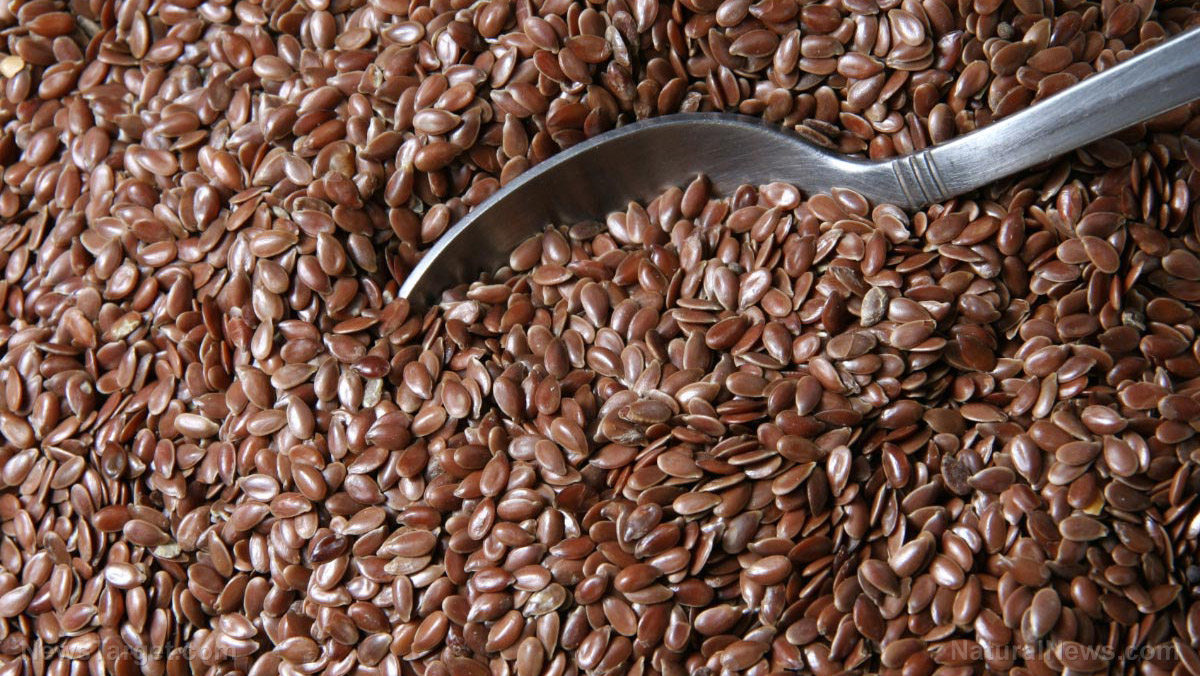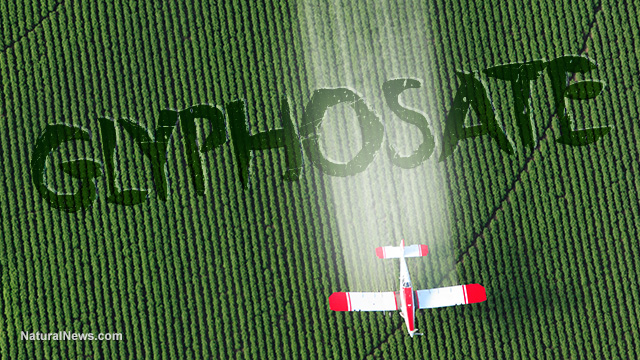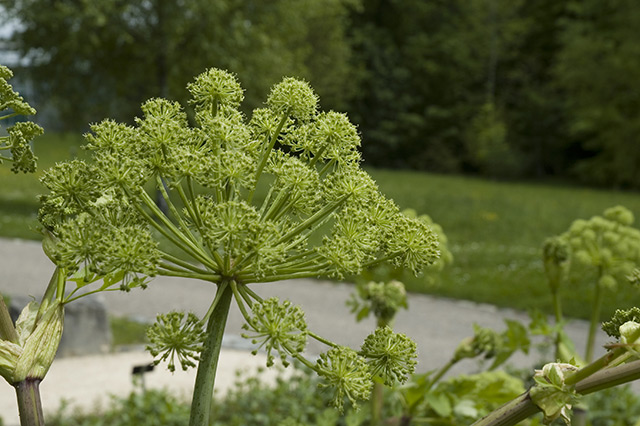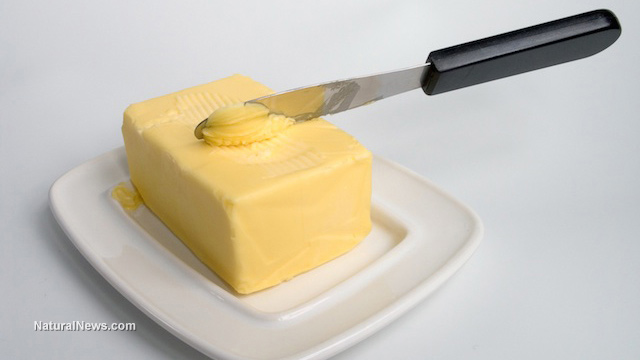Public indifference to bird flu fearmongering contributes to egg price drop
05/20/2025 / By Ava Grace
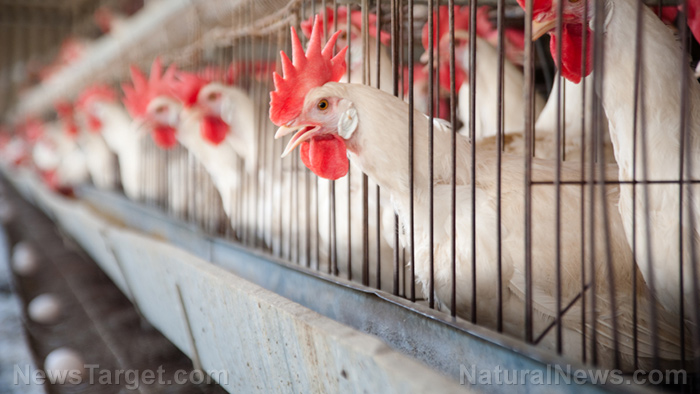
- Egg prices dropped 12.7 percent since March, with the average dozen falling from $6.23 to $5.12, marking the sharpest monthly decline since 1984. However, costs remain nearly double pre-crisis levels.
- Aggressive measures – including mass culling, quarantines and relaxed cage-free laws – helped stabilize supply chains. Summer migrations further reduced transmission risks, with only two isolated outbreaks remaining.
- The 2024 election saw criticism of Biden’s response, prompting Trump’s USDA to boost imports, deregulate production and investigate potential price gouging by major producers like Cal-Maine Foods.
- Experts warn that restocking farms takes time, and new outbreaks (e.g., in Ohio and South Dakota) could disrupt progress. Prices are expected to dip further but stay above historical norms.
- While officials highlight containment, consumer refusal to panic may have stabilized demand. The crisis underscores vulnerabilities in globalized food supply chains amid ongoing avian flu risks.
Egg costs are finally dropping after months of soaring prices and panic over avian influenza, and the public’s indifference to fear-driven narratives may be partly responsible.
For the first time since October 2024, egg prices saw a significant drop in April – with the average cost of a dozen large eggs falling from $6.23 to $5.12. This follows months of volatility driven by the worst avian flu outbreak in U.S. history, which wiped out 168 million birds since 2022. The Bureau of Labor Statistics (BLS) confirmed the sharpest monthly decline since 1984, signaling a tentative return to normalcy.
But while prices have fallen 12.7 percent since March, they remain stubbornly high compared to pre-crisis levels – a stark reminder of how deeply the outbreak disrupted food supply chains. This left consumers questioning whether government intervention or market resilience deserves the credit. (Related: Trump’s USDA policies drive egg prices down nearly 60%.)
Agriculture officials in Nevada credited aggressive containment measures, including mass culling of infected flocks, for stabilizing supply chains. With no new infections reported in the state and summer migrations reducing wildlife-to-livestock transmission risks, experts say the worst may be over.
Nevada Department of Agriculture Director Dr. J. J. Goicoechea, attributed the price relief to strict quarantine protocols and the culling of infected poultry. Only two facilities – one in Nye County (B3.13 variant) and another in Northern Nevada (D11 variant) – remain under isolation. With migratory bird activity waning in summer, officials expect further stabilization.
The state’s temporary suspension of cage-free egg laws also helped replenish inventories, particularly for restaurants and resorts. Southern Nevada now enjoys prices $1.50 lower per dozen than the north, thanks to redirected sourcing.
Crisis is NOT over, experts warn
Upon taking office, Agriculture Secretary Brooke Rollins implemented a multi-pronged strategy – boosting imports, deregulating production and funding biosecurity upgrades.
The U.S. now sources eggs from Brazil, Honduras and Turkey, with imports surging 257 percent in some categories. Meanwhile, the Department of Justice has launched an antitrust probe into Cal-Maine Foods, the nation’s top egg producer, amid accusations of price gouging.
Despite progress, experts warn the crisis isn’t over. Michigan State University economist David Ortega predicted further price dips post-Easter, but cautioned that another outbreak could reverse gains.
Restocking farms takes up to a year, and even minor infections – like April’s cases in Ohio and South Dakota – can devastate supplies. The U.S. Department of Agriculture notes that while consumer costs have “eased considerably,” they remain far above historical norms, forcing households to ration purchases.
The egg market’s rebound underscores a broader truth: Fear often outpaces facts. While officials tout containment efforts, the public’s refusal to panic may have been just as critical in stabilizing demand. Yet with avian flu still active and prices lingering at elevated levels, the saga serves as a cautionary tale about food security in an era of globalized trade and unpredictable pathogens.
Visit FoodSupply.news for more similar stories.
Watch Jefferey Jaxen and Del Bigtree discussing how mainstream media outlets stoked fears of bird flu.
This video is from The Highwire with Del Bigtree channel on Brighteon.com.
More related stories:
Egg prices plummet nearly $2 in just 13 days following Trump administration’s bold plan.
Will Trump’s $1B bird flu plan crack the egg crisis?
Sources include:
Submit a correction >>
Tagged Under:
agriculture, avian influenza, big government, bird flu, deception, egg prices, eggs, fearmongering, food inflation, indifference, infections, lies, outbreak, panic, Poultry, US Department of Agriculture
This article may contain statements that reflect the opinion of the author


